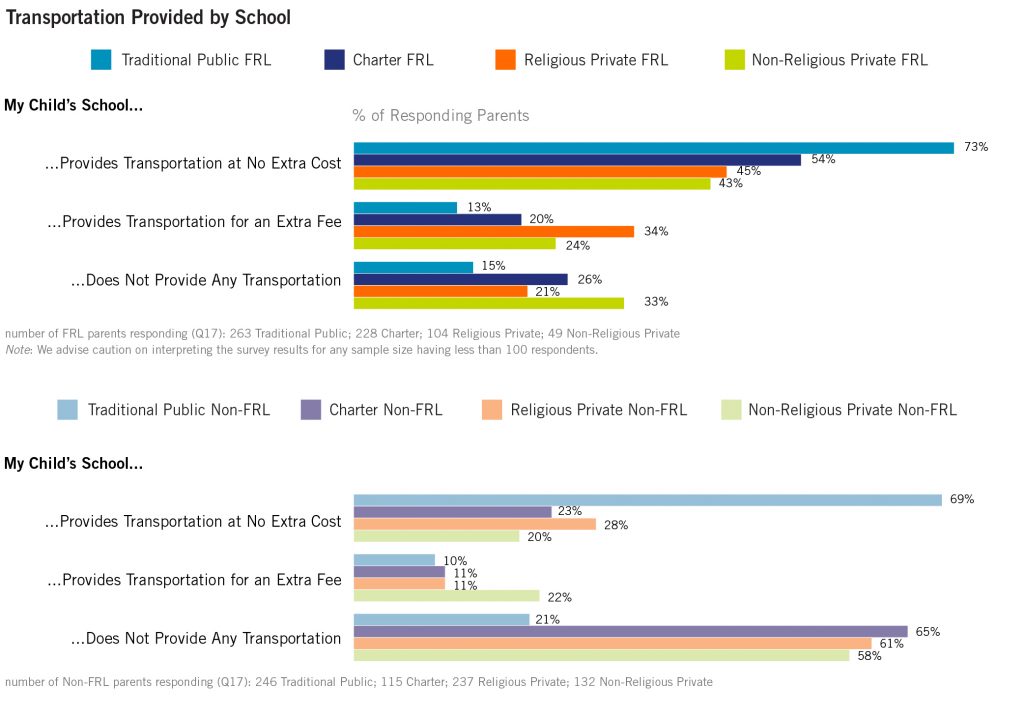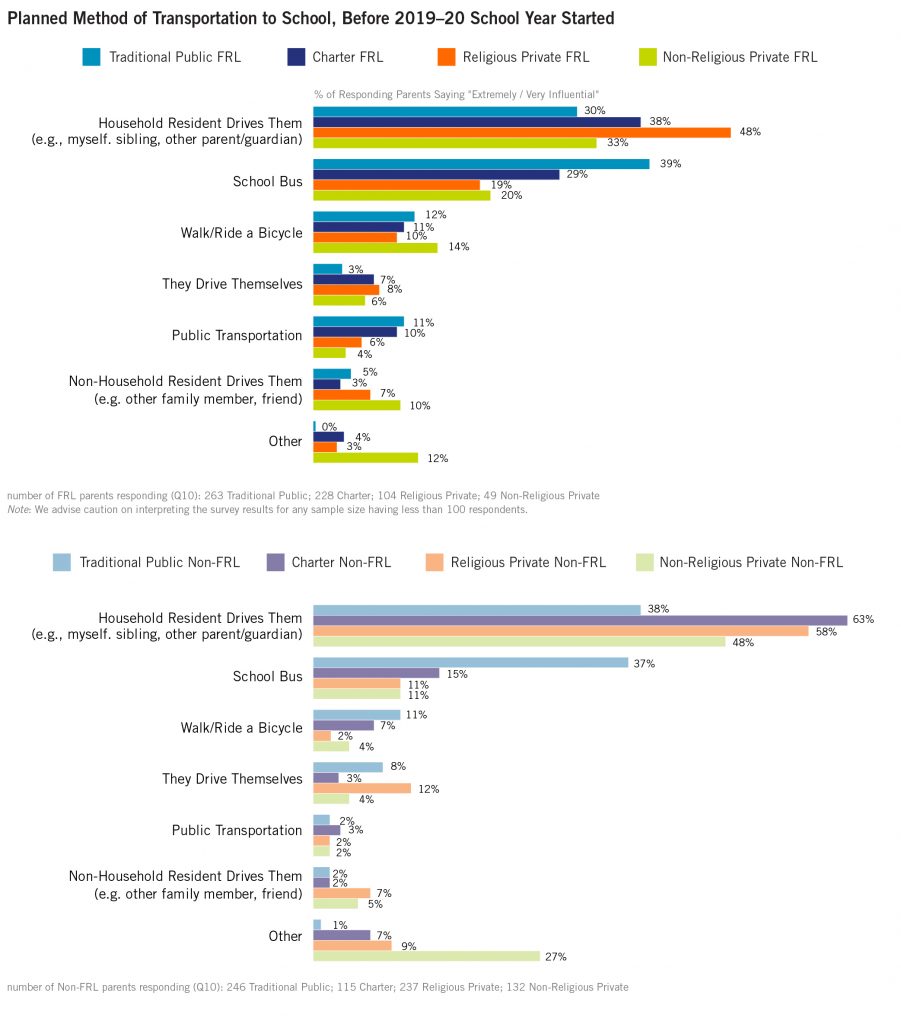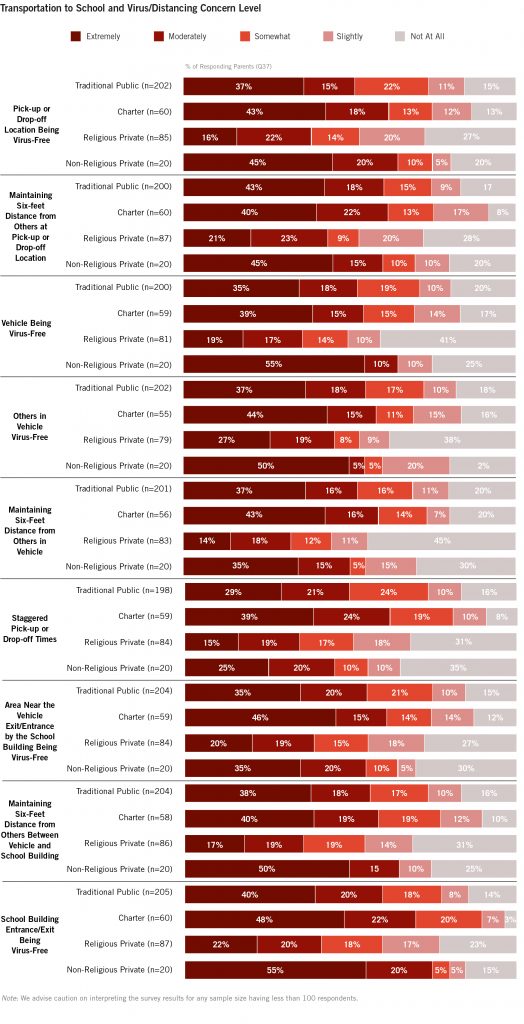What Parents Think About Getting to School Before and During a Pandemic
I think it is safe to say it has been a long year. It feels like more than just 14 months ago that the survey for my newest report Commuting Concerns: A Survey of U.S. Parents on K–12 Transportation Before and During the COVID-19 Pandemic was about to be launched to parents around the nation to ask them a slew of questions about their experiences, issues and satisfaction with getting their children to and from school in Fall 2019.
Little did I know at the time that those parents would be revisited in June and July to ask them about their plans for Fall 2020. (For a deeper read on why resurveying was important, please see What Parents Think About Getting to School During A Pandemic.)
Though the results highlighted in my report are not nationally representative, I think they still allow us a glimpse into what parents are thinking, feeling and experiencing related to how their children get to and from school.
Here are what I found to be some of the more eyebrow-raising findings:
1. Of the traditional public school parents in the sample, 16 percent (19% FRL and 11% non-FRL) said their child’s school is not the one their child is zoned to attend. There are likely also parents in the sample whose children live within a walking zone of the school they attend. Those two facts combined may explain why 18 percent of traditional public school parents (15% FRL and 21% non-FRL) said their child’s school does not provide any transportation.
However, it by no means explains the more than one in 10 parents that said their traditional public school provides transportation for an extra cost. That deserves a deeper look.
(If you’re interested in freely using this dataset or the nationally representative dataset for your own project, reach out to research@edchoice.org.)

2. Because I’m a perpetually curious person, I usually end up with more questions at the end of my projects than answers. One result that I didn’t have more questions about is the expected finding: Lower-income parents are more likely than higher-income parents, regardless of schooling sector, to say their child has ridden the bus to get to school.
And, although the body of research on transportation and school choice to date mostly focuses on urban areas, public transportation does not seem to be a top choice for most families. Only about one in 10 low-income students attending a traditional public or charter school take public transportation to get to school.
Put it together, though, and about half of low-income students who attend traditional public schools take the school bus or public transportation, as do nearly two out of five low-income students who attend charter schools.
It’s undeniable that the decisions public officials make about busing, public transport and transportation funding for school choice students can directly affect the experiences of those low-income students and their families. That’s at least an estimated 24 million publicly-funded students nationwide.

3. As of yesterday, nine states and D.C. have state-ordered full or partial closures in effect. And many parents are voluntarily opting for their children to have fully online courses or choosing to homeschool. This means a lot of students and families no longer have to think about getting to and from school.
But 76 percent of traditional public school parents and 75 percent of religious private school parents want their children to take at least some of their classes in-person physically, combining full-time in-person and hybrid in-person preferences.
Most parents aren’t flippant about the risks of COVID-19 either. The parents in the sample who do have their child physically attending school had varying levels of concern related to virus preventative measures being followed on their child’s school commute. Regardless of the reason to be concerned, parents are more likely to be concerned than not.

I’m not sure what school transportation is going to look like decades down the road, because I’m too focused on seeing what education might look like next semester let alone next school year. And it looks like a lot of other parents are in the same boat. We here at EdChoice will continue to check in with school parents and educators as these uncertain times continue.
You can find the full Commuting Concerns report here and our monthly polling dashboard—the EdChoice Public Opinion Tracker—here.
And if you haven’t already seen it, please also check out colleagues’ report Transporting School Choice Students: A Primer on States’ Transportation Policies Related to Private, Charter, and Open Enrollment Students.




